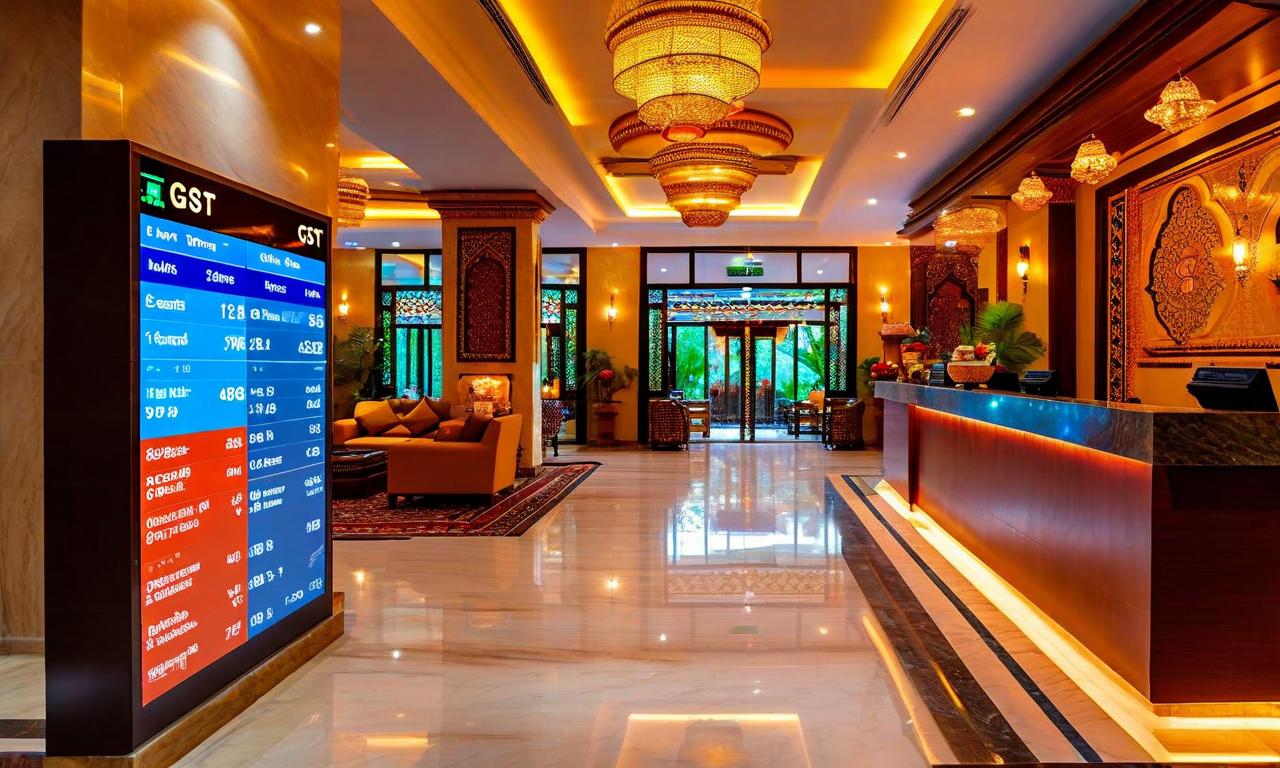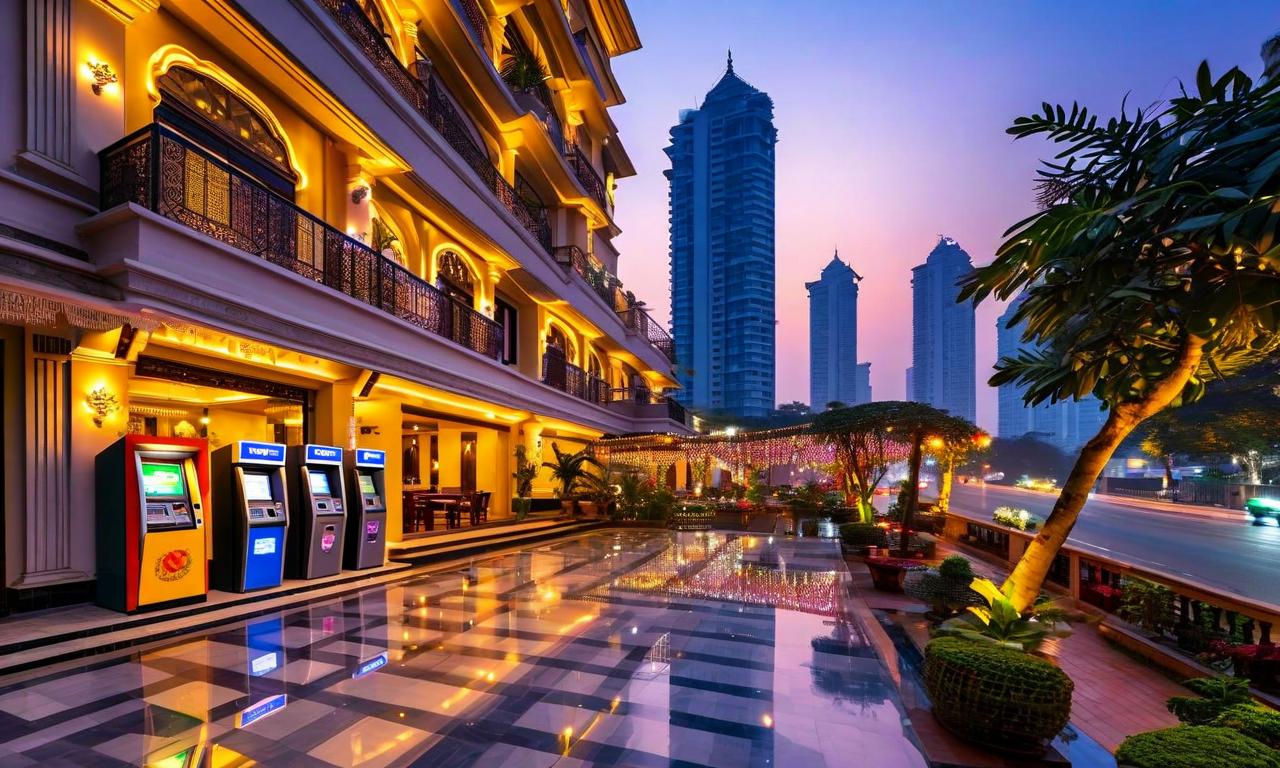GST Simplification to Two-Slab Structure Set to Boost India's Hospitality Sector
The Group of Ministers on GST rationalisation has approved a proposal to simplify the GST structure for the hospitality sector, consolidating rates into two primary slabs of 5% and 18%. This move is expected to make travel and accommodation more affordable, potentially increasing domestic tourism. Industry experts anticipate benefits including rationalized pricing, increased transparency, and a boost to domestic tourism. The Hotel Association of India welcomes the move but notes that the 18% rate is still high compared to global competitors. The sector hopes this change will lead to increased affordability, growth in domestic tourism, enhanced pricing transparency, and a potential boost in foreign tourist arrivals.

*this image is generated using AI for illustrative purposes only.
The Indian hospitality sector is poised for a potential boost as the Group of Ministers on GST rationalisation has approved a proposal to simplify the Goods and Services Tax (GST) structure. The new framework aims to consolidate the current multi-tiered system into two primary slabs of 5% and 18%, eliminating the existing 12% and 28% rates.
Impact on Travel and Accommodation
Industry experts believe this reform could have a significant impact on the hospitality sector by making travel and accommodation more affordable, potentially leading to an increase in domestic tourism. The simplified tax structure is expected to bring about several benefits:
Rationalized Pricing: Nikhil Sharma from Radisson Hotel Group stated that the simplified framework could help rationalize pricing, making quality hospitality more accessible to a broader range of travelers.
Increased Transparency: Ravi Rai from The Orchid Hotel noted that the new structure would bring clarity for both hotels and guests, resulting in more transparent pricing.
Boost to Domestic Tourism: The streamlined GST structure is anticipated to make travel within India more attractive, potentially leading to a surge in domestic tourism.
Industry Response
The Hotel Association of India (HAI) has welcomed the move, emphasizing that GST rationalization is key to positioning India as a leading global tourism destination. The association sees this as a step towards achieving the ambitious goal of attracting 100 million foreign tourists annually by 2047.
Remaining Concerns
Despite the positive reception, some concerns remain within the industry:
High Tax Rate: HAI President Kachru pointed out that the 18% tax rate for hotels is still considered high and could affect India's competitiveness in the global tourism market.
Global Competitiveness: There are concerns that the relatively high tax rate might impact India's ability to compete with other popular tourist destinations that offer lower tax rates on hospitality services.
Looking Ahead
As the hospitality sector anticipates the implementation of this simplified GST structure, stakeholders are hopeful that it will lead to:
- Increased affordability of quality accommodations
- Growth in domestic tourism
- Enhanced transparency in pricing for consumers
- Potential boost in foreign tourist arrivals
The industry will be closely watching how these changes unfold and their impact on India's position as a global tourism destination. While the simplification is seen as a positive step, the sector may continue to advocate for further reductions in the tax rate to enhance India's competitiveness in the international tourism market.































